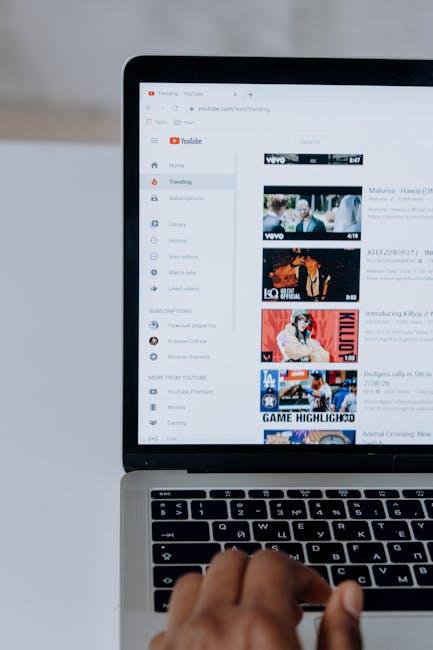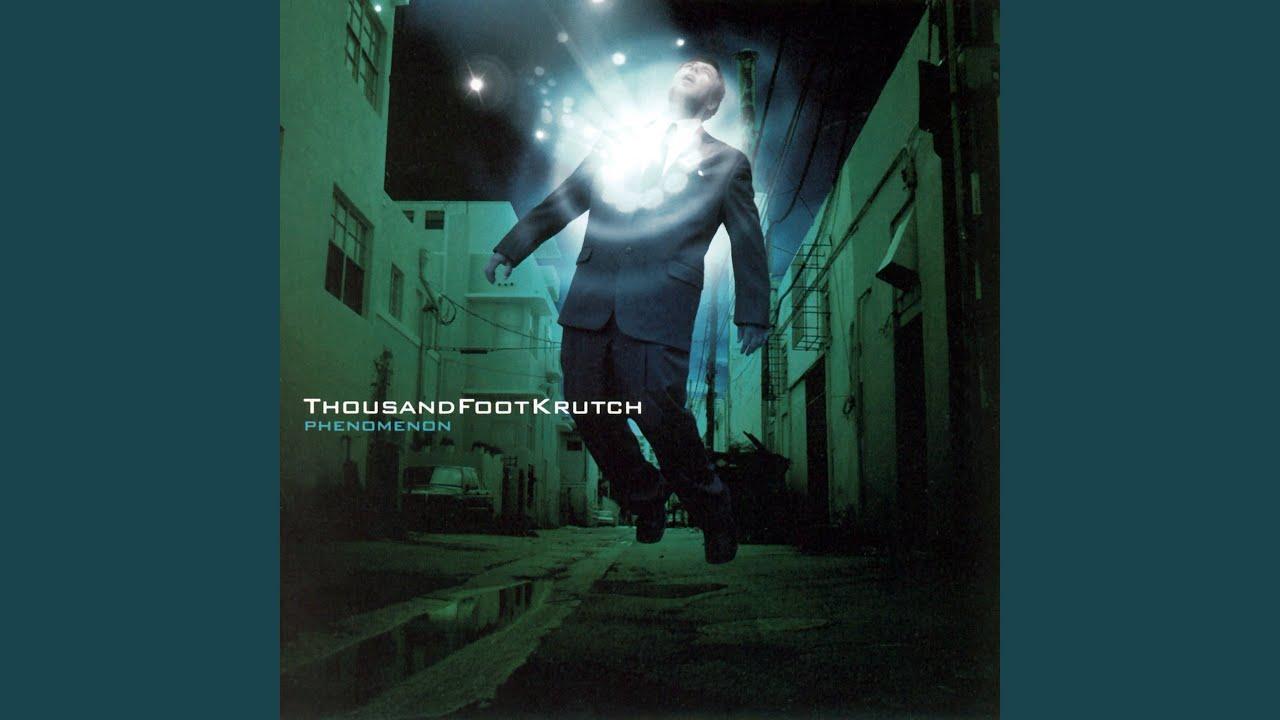Hey there, fellow content creators and YouTube enthusiasts! So, if you’ve been keeping your ear to the digital ground, you might’ve heard some buzz about YouTube’s recent move to roll out 3-minute Shorts. Now, let’s face it: when YouTube makes updates, we can’t help but get a little giddy (and maybe a tad anxious). After all, who doesn’t love that sweet, sweet monetization? But honestly, are these new longer Shorts a game changer, or just a glorified puzzle waiting to frustrate us further?
I’ve been on this journey myself, and trust me, the experience has been nothing short of a rollercoaster ride. From confusion in the uploads to peculiar viewing patterns, it feels like we’re all part of a quirky social experiment where the rules keep morphing! In today’s article, we’re diving into the nitty-gritty of how these 3-minute gems are shaking things up in the Shorts landscape and what it means for ad revenue as we know it. So, grab a snack, kick back, and let’s unravel this enigma together—because understanding the implications could be the difference between a hefty paycheck and, well, a few pennies in our pockets!
Understanding the New Landscape of 3 Minute Shorts on YouTube

YouTube’s recent move to introduce 3-minute shorts has sparked quite a buzz in the creator community, and let’s face it—it’s about as clear as mud right now. Many creators have found that when they upload these longer shorts, they don’t even show up properly in the YouTube Studio. It’s like planning a party and realizing nobody got the invitation! For those who have dabbled in regular shorts, this shift has created more questions than answers. Viewers often report seeing these videos listed as long-form content instead of being recognized as shorts, which messes with the viewing experience and the expected engagement rates. Remember when you could just post and pray for views? Now it’s like a scavenger hunt, trying to figure out where your videos actually end up. The current situation makes it clear—YouTube has some work to do in terms of sorting out how these videos are categorized.
Diving deeper into the numbers is where things get really interesting—people are consuming these so-called ‘shorts’ as if they’re long videos! If you take a look at the data, you’ll notice a startling discrepancy: with a jaw-dropping average view duration difference, these shorts are only holding viewers for about 48 seconds when showcased in the shorts feed. In contrast, the same content viewed through the browse feature tends to clock in at nearly a minute longer. Can you believe that? That just goes to show, treating a three-minute video like a snack instead of a meal might not be the best approach. What’s even more concerning for creators is the monetization potential; YouTube shorts are capped in revenue streams, which means fulfilling the monetization criteria is trickier than ever. In short, embracing longer shorts might seem tempting, but the reality isn’t painting the rosy picture many hoped for. As we navigate this new landscape, it’s essential for creators to adapt their strategies—after all, nobody wants to miss the boat while everyone else is sailing smoothly.
The Monetization Maze: Why Longer Shorts Could Spell Trouble for Creators

YouTube’s recent foray into the world of three-minute shorts has proven to be a bit of a double-edged sword for creators. On one hand, the extended time allows for greater storytelling potential, but on the flip side, the way these videos are categorized and viewed within the platform remains muddled at best. When uploading a short that falls close to this new mark, many users have found that their content is misrepresented. Instead of being funneled into the shorts feed, their video displays alongside long-form content, complete with custom thumbnails. This creates a peculiar scenario where creators are put in the position of questioning how their audience perceives their work. Are viewers engaging with it as a traditional long video, or do they recognize the essence of a short? In fact, a staggering less than 10% of total views stem from the shorts feed, illustrating that the algorithm isn’t sure how to treat this new format.
The implications for monetization from the current system are daunting. With average view durations dropping significantly when viewed as shorts, going beyond the traditional minute seems to diminish a creator’s chances of making money, as fewer ads are served. Think about it: if you’re up against the expectation of quick-hitting, 60-second clips, a three-minute offering can feel virtually alien to the audience. The result? A troubling 26% average view duration and a shockingly low view-to-swipe ratio. When you weigh those stats against potential earnings, it raises a critical question for creators: is your long short truly worth the hassle? As YouTube continues to work out the kinks, it’s clear that navigating this monetization maze demands a careful balance between content length and audience engagement. For many, the key takeaway might just be the importance of reconsidering whether a piece of content should be a short or a more traditional format.
Engagement Dilemma: Why Viewers are Sticking to Long-Form Content

YouTube’s latest venture with 3-minute shorts has stirred up a mix of intrigue and confusion among creators and viewers alike. The frustration isn’t just about the glitches in how these videos are categorized but also the puzzling behavior of the audience. Many users have reported watching these longer shorts but treating them more like traditional long-form content rather than quick bites. With viewers averaging just 48 seconds from the shorts feed but nearly 90 seconds when watched through the browse feed, it raises some eyebrow-raising questions: Is this longer format actually meeting the audience’s expectations, or is it just an awkward fit in a platform primarily designed for snappy clips? The data clearly indicates that people aren’t fully embracing the new format, which makes it apparent that YouTube might need to reconsider its approach before declaring this feature a success.
The monetization landscape is another beast entirely. Creators are scratching their heads over why their 3-minute shorts seem to be cashing in as if they were long-form videos instead. With hefty ad revenue coming in from a video that was technically classified as a short, the underlying algorithm seems a bit out of sync. Creators are left holding their breath, wondering if these longer shorts will ever get their moment in the limelight or if they are just sidelined in a confusing rut. Could it be that YouTube extended the short limit only to combat the flood of 59-second clips? It seems more like a reaction to user behavior than a well-thought-out feature. As we inch toward a more coherent rollout in December, it’s crucial for creators to adapt quickly—should they embrace this new freedom to explore longer narratives, or stick with the tried-and-true formula of shorter content? The clock is ticking!
Strategies for Success: Maximizing Revenue with YouTube’s Latest Changes

As YouTube introduces 3-minute shorts, navigating this new format can feel like trying to read a map in a foreign language. One key strategy is to embrace the flexibility these longer shorts offer, while keeping an eye on what works. Current trends show that while viewers are still adjusting, not all 3-minute videos are treated equally. If your content lingers in the ‘long form’ category, you’re more likely to see significant engagement. It’s essential for creators to experiment with their content—think outside the box! For instance, storytelling can benefit greatly from utilizing the full three minutes, allowing you to create a more engaging narrative than you could with a standard 60-second short. This approach not only captivates your audience but can also lead to potentially higher earnings.
Don’t overlook how vital the traffic source is in shaping your strategy. Data shows that only a fraction of views (less than 10%) for longer shorts are coming from the dedicated shorts feed. Instead, they’re racking up views like long-form content. In this evolving landscape, consider making that switch from short to long when your content exceeds a minute and a half. After all, a video that’s consumed in the regular feed benefits from a wider range of ad types and therefore, a higher revenue potential. In other words, treat your creation like a fine wine—let it breathe and mature instead of rushing it just because you can! It’s clear that leveraging this length wisely, while monitoring viewer habits, could be your golden ticket to maximizing revenue.
The Way Forward
And there you have it! We’ve peeled back the layers on YouTube’s recent dive into the world of 3-minute shorts, complete with all the confusions and quirks that come with any new update. It’s like a rollercoaster ride—one moment you’re up, reveling in the potential of longer content, and the next you’re down, grappling with visibility issues in the shorts feed and a frustrating monetization landscape.
But the silver lining? YouTube’s still working it out, and as with many things in tech, patience can lead to progress. If you’re a creator, this could be an awesome opportunity to experiment with your videos. Those extra seconds might just give you the wiggle room you need to tell that captivating story or showcase all those quirky moments your audience loves.
Remember, we’re all in this together, and just like the creators testing the waters, we’ll keep each other updated on what works and what doesn’t. So, what did you think about the updates? Are you excited to try out longer shorts, or do you think it’s a gamble? Drop your thoughts in the comments! Until next time, let’s keep the convo going and navigate through the world of YouTube with a bit more clarity—after all, we’re all learning together! See you in the next post!


